Transforming Tours with Creative Visual Aids
Chosen theme: Transforming Tours with Creative Visual Aids. Welcome to a space where maps become characters, diagrams whisper clues, and every stop on your route turns into a vivid scene people remember and share.
The Brain Loves Pictures
Our minds latch onto imagery faster than paragraphs. A simple sketch of a skyline can frame centuries of history in seconds, guiding attention, sparking questions, and helping guests connect facts to place and feeling. Try it, then ask guests what image stuck most.
Anecdote: The Postcard Time Machine
Guide Maya carries laminated postcards showing a street in three eras. At each corner, she reveals a new card, layering past onto present. Guests lean in, comparing window shapes and tree lines, telling their own stories, and suddenly the city talks back.
Designing Maps and Icons That Navigate Emotion
Use bold lines for main routes, lighter dotted paths for optional detours, and generous whitespace for clarity. Place a subtle compass rose as an anchoring motif. When guests glance down, they should instantly sense the journey’s shape and where the next emotional beat lands.
Designing Maps and Icons That Navigate Emotion
Design a compact, consistent icon set—chimneys for industry, laurels for culture, waves for nature. Choose color contrasts friendly to color-blind guests and label sparingly. The goal is meaning at a glance, freeing your voice to tell the deeper, human story behind each stop.
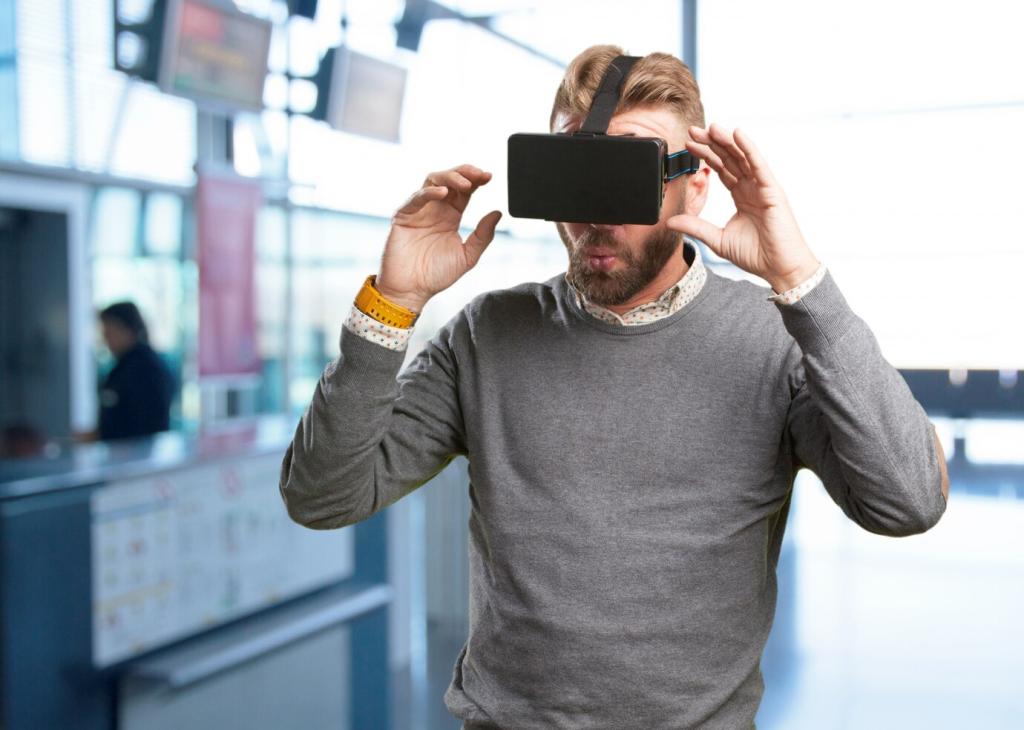
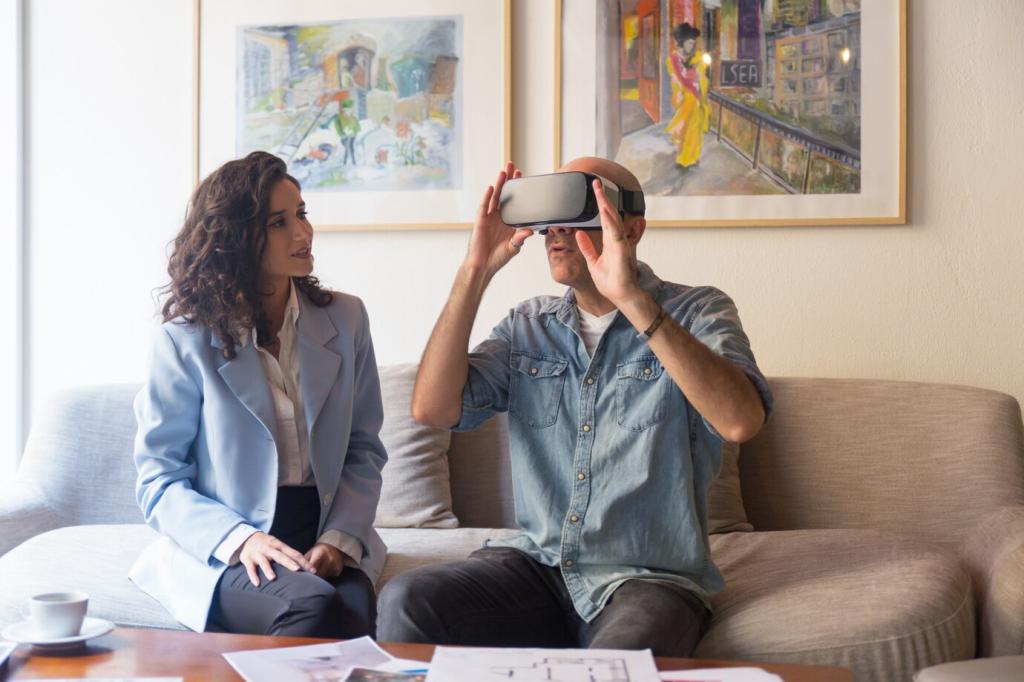
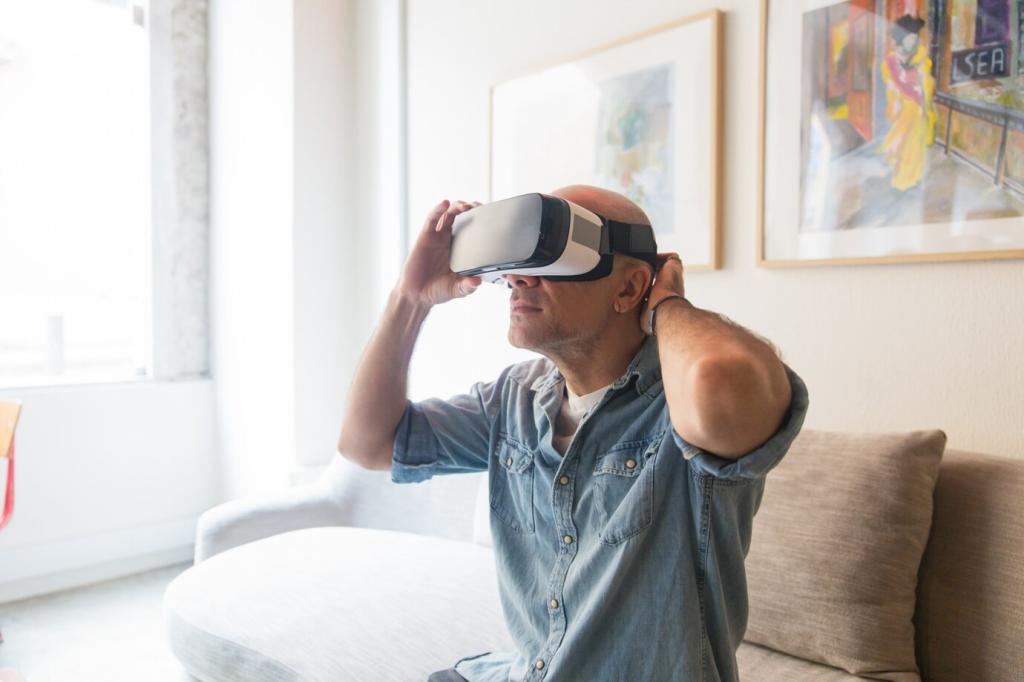
QR Codes as Gentle Portals
Place small, well-designed QR markers near viewpoints that open annotated photos, short videos, or slow pans of historic overlays. Keep file sizes light, captions crisp, and usage optional. Technology should enrich the moment, never steal attention from the real world.
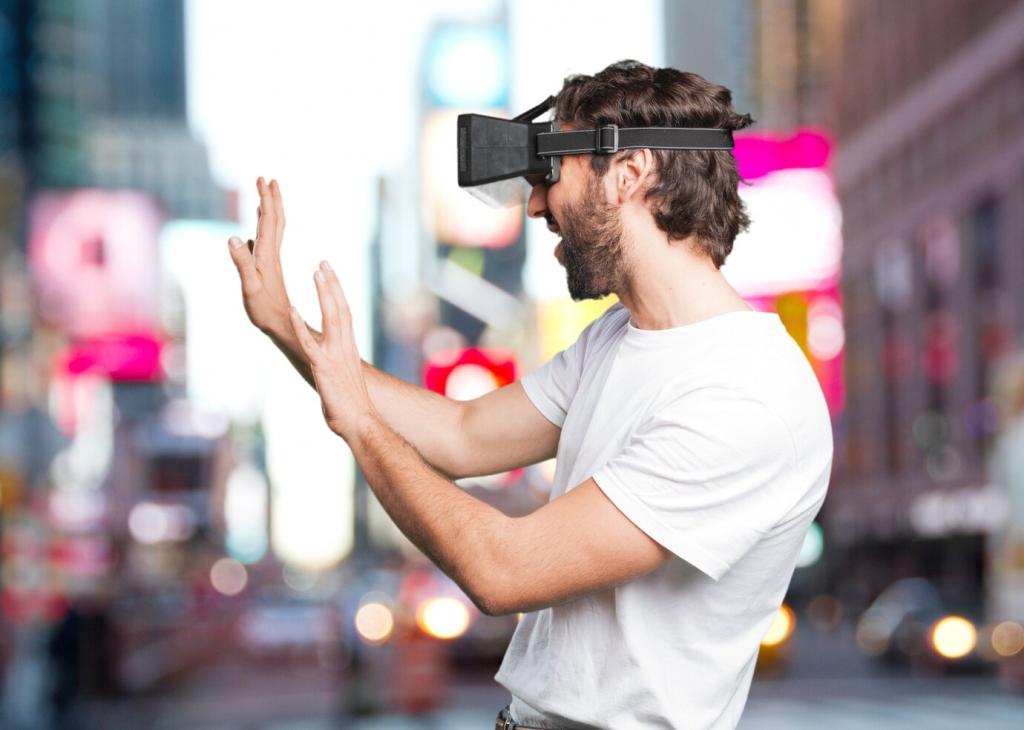
Anecdote: Ghost Walls at the Old Fort
At a seaside fort, we used a tablet to fade in transparent stonework where a wall once stood. The breeze carried salt and gull calls while the image hovered. A veteran guest whispered, “Now I can feel the soldiers’ path,” and everyone fell quiet, listening to the silence.
Accessibility and Inclusion through Visuals
Contrast, Scale, and Reach
Use high-contrast palettes, large type, and matte finishes to reduce glare. Mount flip-cards at varied heights for kids and wheelchair users. One guide added a tactile street grid, and a guest named Eli traced it with fingertips, mapping the route into confident memory.
Multilingual Micro-Cards
Create pocket-sized cards with pictograms and key phrases in multiple languages. Pair images with phonetic hints and numbers for easy pointing. These tiny bridges ease anxiety, invite questions, and show that your tour respects many ways to see and share a place.
Invite Feedback on Comfort
Close each stop by asking, “Could this visual be clearer or easier to use?” Collect quick, anonymous notes with stickers for yes, no, or almost. Your guests become co-designers, and your aids steadily evolve toward clarity and welcome for all.
Measuring Impact: What Great Visuals Actually Change
Notice where eyes linger and where feet pause. If a timeline board consistently pulls the group forward, you have momentum. If people squint or backtrack, simplify labels or reposition. Small layout tweaks often produce surprisingly large improvements in flow.
Ask one playful question after a stop: “Which year marked the big rebuild?” Keep it light, celebrate guesses, and reveal the answer with an image. Compare responses week to week to see which visuals truly plant facts in memory without making the tour feel like school.
Alternate two map designs on different days and log comments and timing. Invite subscribers to vote on their favorite version. Share your results so the community learns with you, and we’ll highlight standout experiments that push tour visuals forward.
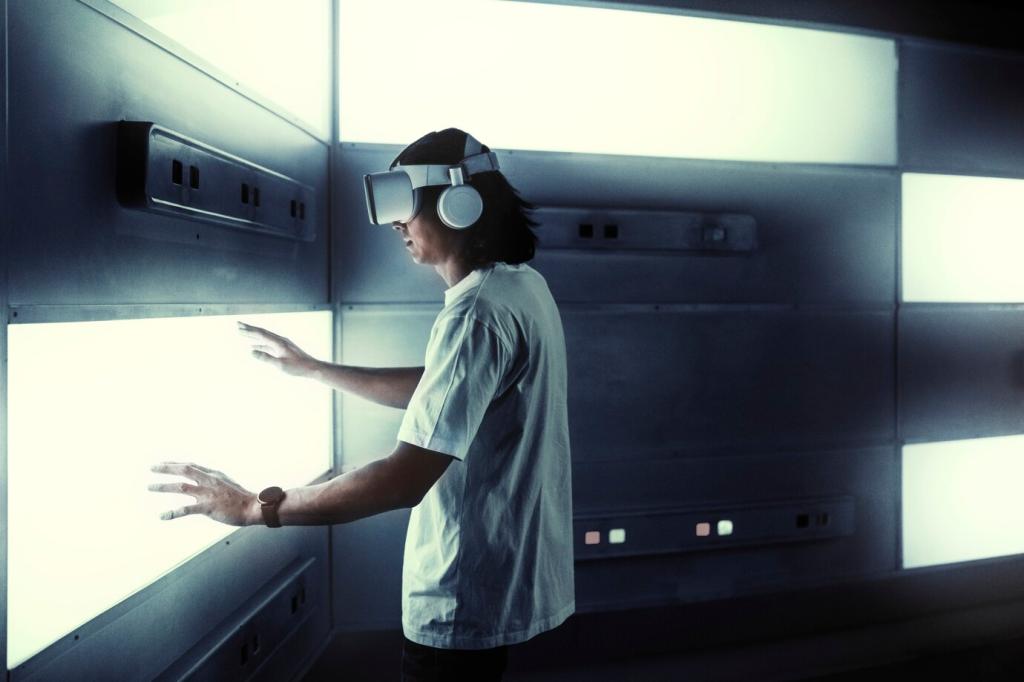
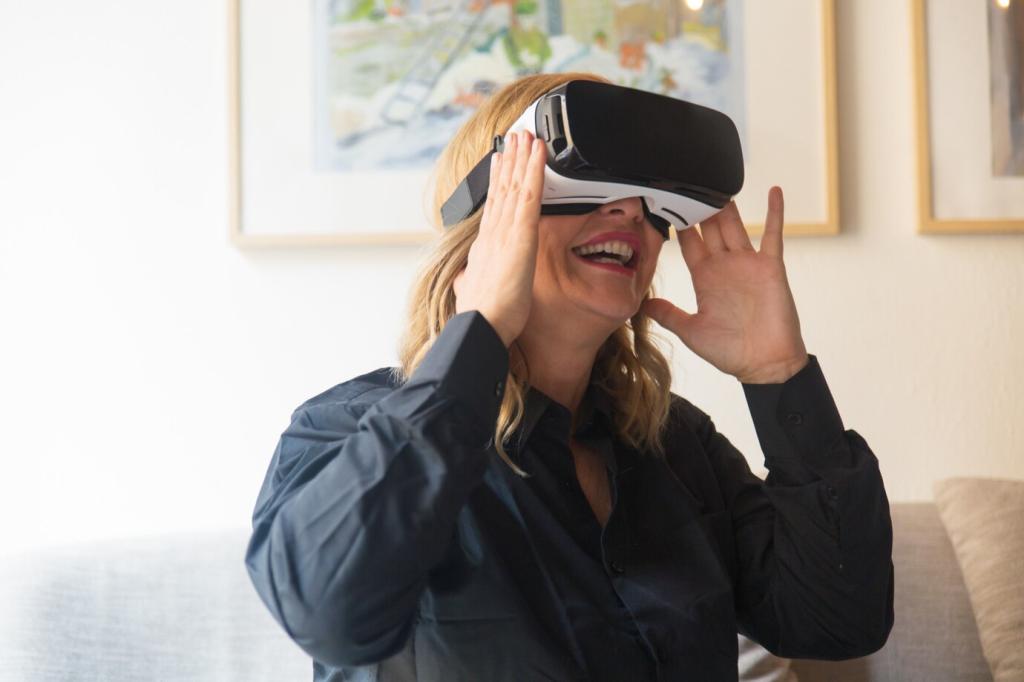
Materials that Survive Weather
Choose waterproof sleeves, matte laminates, and sturdy binder rings. Use grease pencils for erasable marks on maps. A slim clipboard, spare wipes, and elastic bands tame wind. Your visuals should look confident, even when the weather decides to improvise.
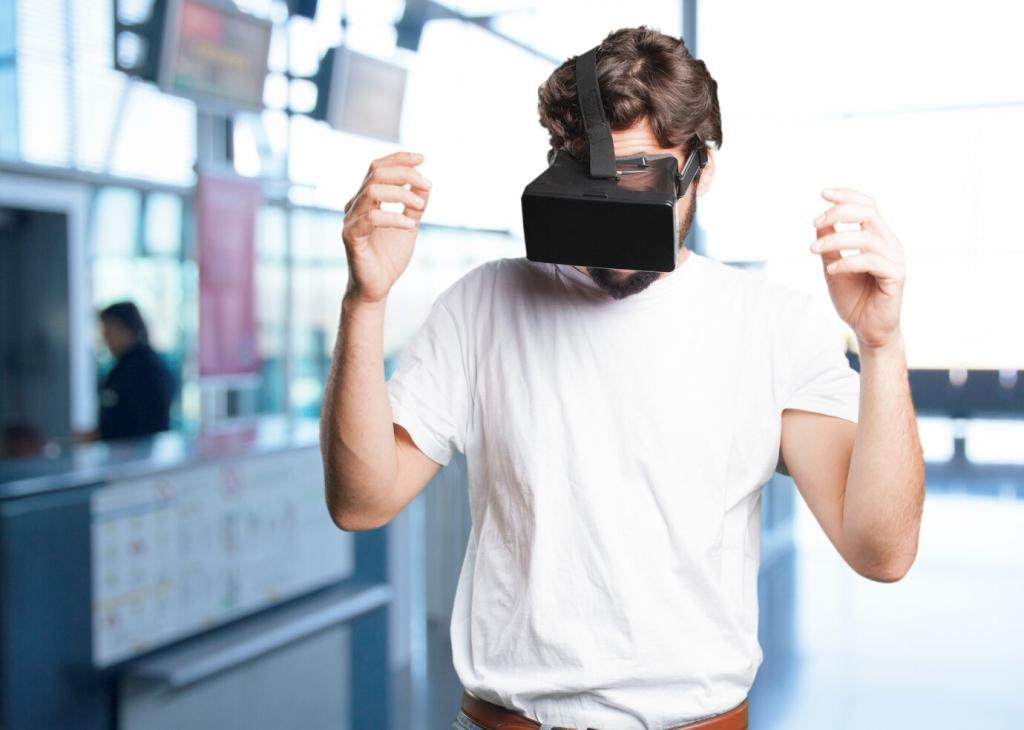
Consistency Is a Superpower
Create a one-page style guide: colors, fonts, icon rules, margins, and tone. Consistency reduces cognitive load, making your message feel trustworthy. Guests may not notice the system, but they will feel the ease and focus it creates throughout the tour.
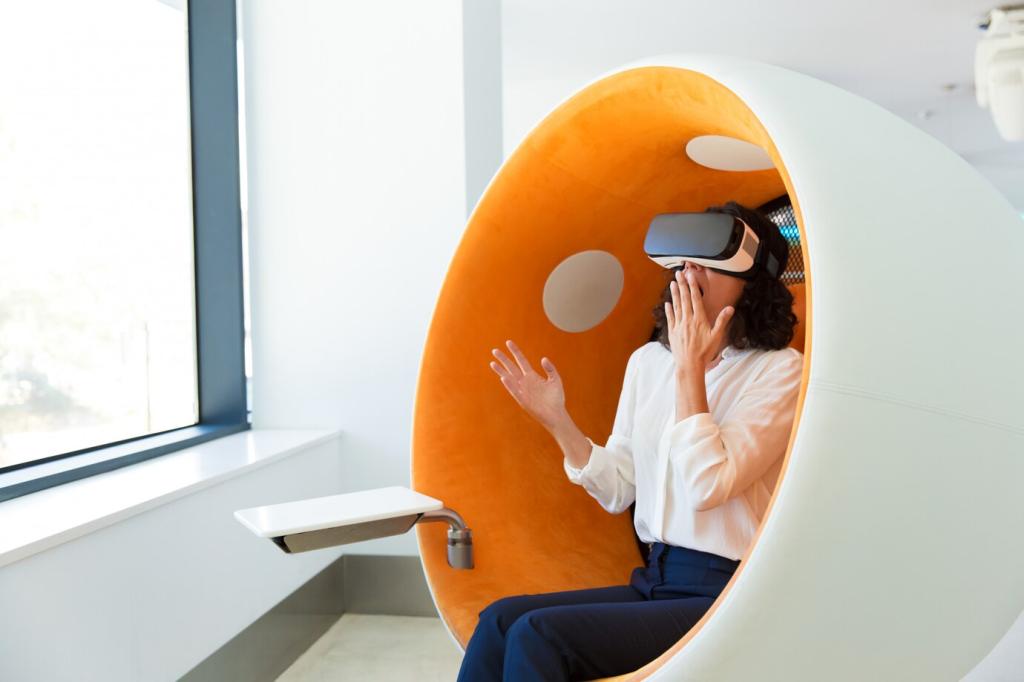
Pack, Test, Refine
Run a five-minute pre-tour check: legibility at arm’s length, glare check in sunlight, and a quick order rehearsal. After the tour, note one visual to retire and one to enhance. Comment below with your current toolkit; we’ll compile a community master list.
Join our mailing list
